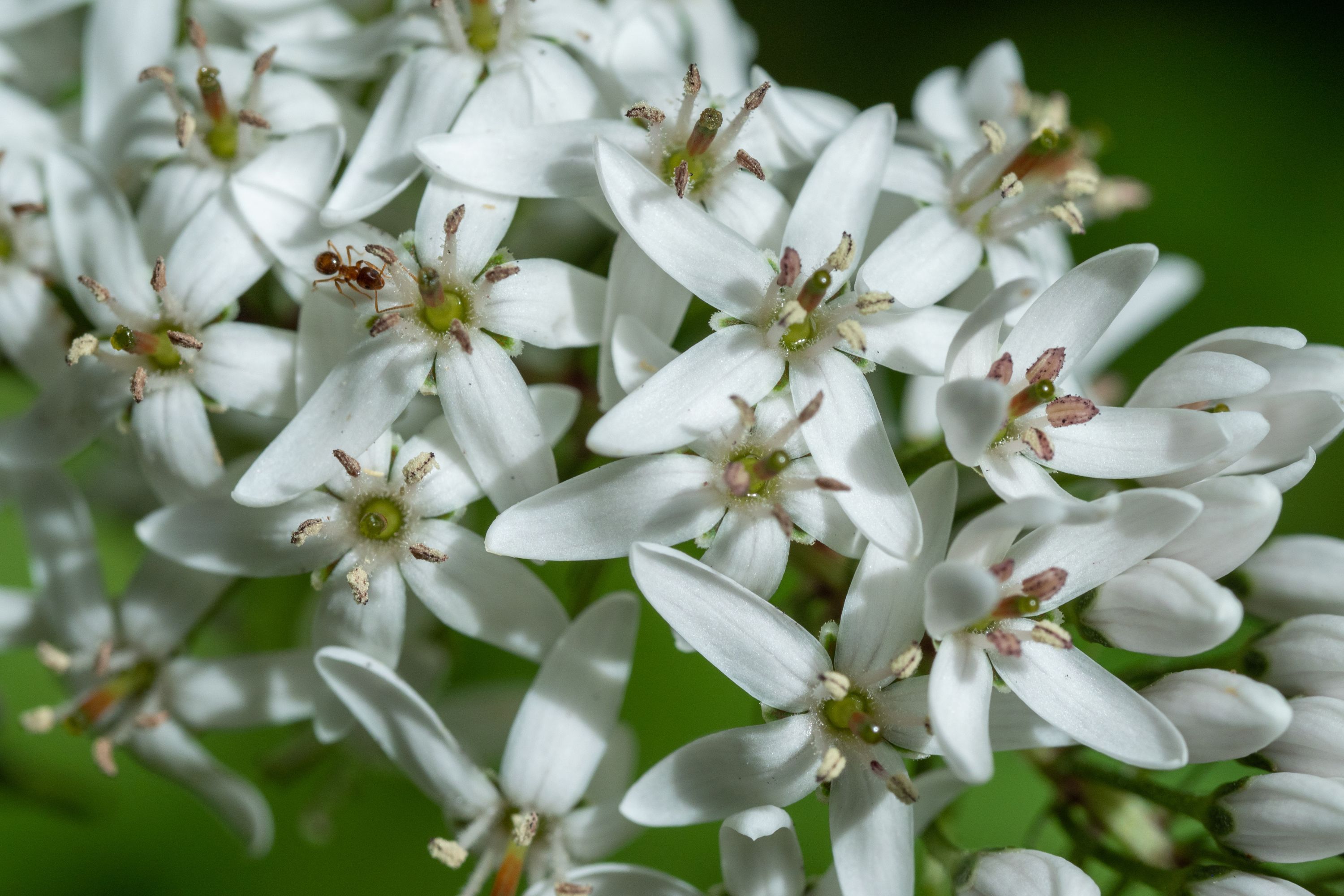Gooseneck loosestrife
(Lysimachia clethroides)

Description
Lysimachia clethroides, commonly known as Gooseneck Loosestrife, is a perennial herbaceous plant that belongs to the Primulaceae family. It is native to Asia and has been naturalized in parts of Europe and North America. In this article, we will explore the characteristics, cultivation, and uses of Lysimachia clethroides. Description Lysimachia clethroides grows to a height of 1-2 feet (30-60 cm) and has a spread of 1-2 feet (30-60 cm) as well. The plant has an upright, bushy growth habit with stems that are stiff and erect. The leaves are lance-shaped and grow to a length of 3-4 inches (7-10 cm). They are arranged opposite to each other along the stem and are dark green in color. The foliage of Lysimachia clethroides turns a beautiful bronze-red color in the fall. The flowers of Lysimachia clethroides are the most notable feature of the plant. They appear in mid to late summer and are produced in long, graceful spikes that curve at the top like the neck of a goose, hence the common name Gooseneck Loosestrife. The flowers are white and small, measuring around 1/4 inch (6 mm) in diameter. They have five petals and are arranged in clusters along the stem. Cultivation Lysimachia clethroides is a hardy plant that is easy to grow and care for. It prefers a moist, well-drained soil that is rich in organic matter. The plant can tolerate a range of soil types, including sand, loam, and clay. It prefers partial shade but can also grow in full sun. In hotter climates, it may require some afternoon shade to prevent the leaves from scorching. The best time to plant Lysimachia clethroides is in the spring or fall. To plant, dig a hole that is twice the width of the root ball and the same depth. Place the plant in the hole and backfill with soil, tamping down gently. Water the plant thoroughly after planting to help settle the soil. Once established, Lysimachia clethroides requires regular watering, especially during hot, dry weather. Fertilize the plant in the spring with a balanced, slow-release fertilizer. Mulch around the plant to help retain moisture and suppress weeds. Propagation Lysimachia clethroides can be propagated by division or by seed. To divide the plant, dig it up in the spring or fall and carefully separate the clumps into smaller sections. Replant the sections immediately in prepared soil. To propagate by seed, collect the seed pods after the flowers have faded and the pods have dried. Sow the seeds in a well-drained soil mix and keep the soil moist. The seeds will germinate in 2-3 weeks. Uses Lysimachia clethroides is primarily grown as an ornamental plant for its attractive flowers and foliage. It is commonly used in border plantings, rock gardens, and woodland gardens. The plant is also useful for erosion control along stream banks and other waterways. In traditional Chinese medicine, Lysimachia clethroides is used as an herbal remedy for various ailments, including inflammation, infections, and gastrointestinal disorders. The plant contains several bioactive compounds, including triterpenoids, flavonoids, and polysaccharides, which are believed to have medicinal properties. In conclusion, Lysimachia clethroides is a beautiful and easy-to-grow perennial plant that is well-suited for a variety of uses.
Taxonomic tree:







